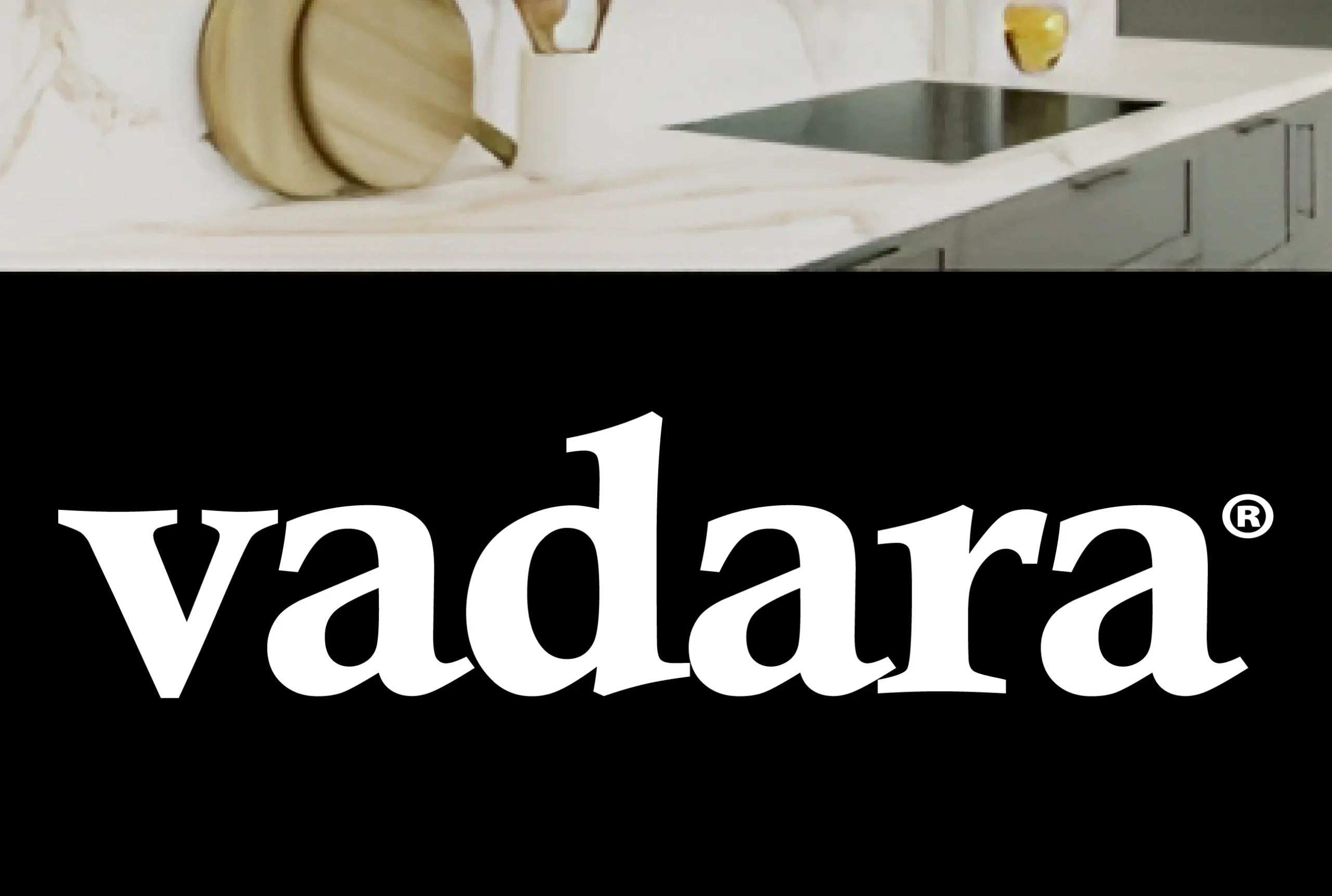Laser cutters have become increasingly popular for their ability to create intricate designs and precise cuts on a variety of materials. From hobbyists crafting custom gifts to professionals producing detailed prototypes, laser cutting offers incredible versatility. However, if you’re using a laser cutting machine for the first time, there are several essential things to know to ensure safety, efficiency, and quality results. Let’s dive into the ten key tips to prepare you for your first laser cutting experience.
1. Understand How a Laser Cutter Works
A laser cutter uses a focused beam of light to cut or engrave materials. The laser vaporizes, burns, or melts the material, depending on the intensity and type of beam. It works with two primary methods: raster (engraving) and vector (cutting or etching). Understanding how these processes work is essential for choosing the right settings and techniques for your project. If you’re looking for a reliable machine to start with, OMTech laser cutters are well-regarded for their precision and ease of use, especially for beginners. Their intuitive design can help you get started without feeling overwhelmed.
2. Safety First: Know the Risks
Laser cutters, while powerful, come with inherent risks. Potential hazards include fire, toxic fumes, burns, and eye injuries. Always wear safety goggles designed for laser use, ensure proper ventilation to extract fumes, and keep a fire extinguisher nearby. Familiarize yourself with your laser cutter’s safety features and emergency shutoff procedures.
Remember, safety should never be an afterthought—it’s a prerequisite for successful and enjoyable laser cutting.
3. Choose the Right Material
Not all materials are safe or suitable for laser cutting. Beginners should start with laser-friendly materials such as:
- Safe Materials: Wood, acrylic, paper, cardboard, leather, and certain fabrics.
- Materials to Avoid: PVC (releases toxic fumes), certain foams, and some metals (depending on the machine’s specifications).
Before starting your project, run a test cut on a scrap piece of your chosen material to ensure it reacts well to the laser.
4. Learn the Basics of Laser Cutting Software
To get the most out of your laser cutter, you’ll need to master design software. Popular options include CorelDRAW, Adobe Illustrator, and free alternatives like Inkscape. These programs allow you to create vector-based designs, which are essential for laser cutting.
OMTech laser cutters are compatible with many of these software options, making it easier for beginners to transition from design to cutting seamlessly.
5. Calibrate the Laser Cutter Properly
Calibration is crucial to achieving clean cuts and engravings. This involves adjusting the focus, speed, and power settings based on the material you’re using. Too much power can scorch your material, while too little won’t cut through properly.
Most laser cutters, including models from OMTech, offer detailed manuals and tutorials for proper calibration. Take time to learn how to run test cuts to fine-tune your settings for optimal results.
6. Understand Ventilation and Fume Extraction
Laser cutting generates fumes and debris, which can be harmful if inhaled. Proper ventilation is crucial, especially in smaller workspaces. Invest in a reliable fume extraction system to maintain clean air and protect your health.
OMTech machines often include or are compatible with affordable fume extraction systems, making it easy to set up a safe cutting environment.
7. Maintain Your Laser Cutter
A well-maintained laser cutter performs better and lasts longer. Regular tasks include cleaning the lenses, mirrors, and exhaust system, as well as checking for wear on belts and other moving parts. Follow the manufacturer’s maintenance schedule to keep your machine in top shape.
Routine maintenance is especially straightforward with OMTech machines, thanks to their detailed guides and accessible parts.
8. Start with Simple Projects
For your first few projects, choose designs that are simple and easy to execute. Basic shapes, name tags, or coasters are excellent starting points. These projects will help you become familiar with your machine’s capabilities and build your confidence.
If you need inspiration, OMTech provides a library of project ideas and templates suitable for beginners.
9. Understand the Costs Involved
Laser cutting isn’t just about the upfront cost of the machine. Consider the ongoing expenses for materials, maintenance, and software. While it’s tempting to go for the cheapest options, investing in quality—whether in machines or materials—pays off in better results and fewer frustrations.
OMTech offers budget-friendly laser cutters without compromising on quality, making them a great choice for beginners looking to balance affordability and reliability.
10. Learn from Others and Experiment
Join online forums, social media groups, or local maker communities to connect with experienced laser cutting enthusiasts. These communities are invaluable for troubleshooting, sharing tips, and finding creative inspiration. Don’t be afraid to experiment and learn through trial and error—laser cutting is as much about creativity as it is about precision.
Conclusion
Laser cutting is a rewarding and versatile craft, but success starts with preparation. By understanding your machine, prioritizing safety, and starting with simple projects, you can enjoy a smooth and enjoyable introduction to this exciting technology. Whether you’re crafting for fun or pursuing a business, laser cutting opens up endless creative possibilities. So, take your time, practice, and explore the potential of this incredible tool. If you’re in the market for a reliable and beginner-friendly machine, consider starting with an OMTech laser cutter to kickstart your journey. Happy cutting!











